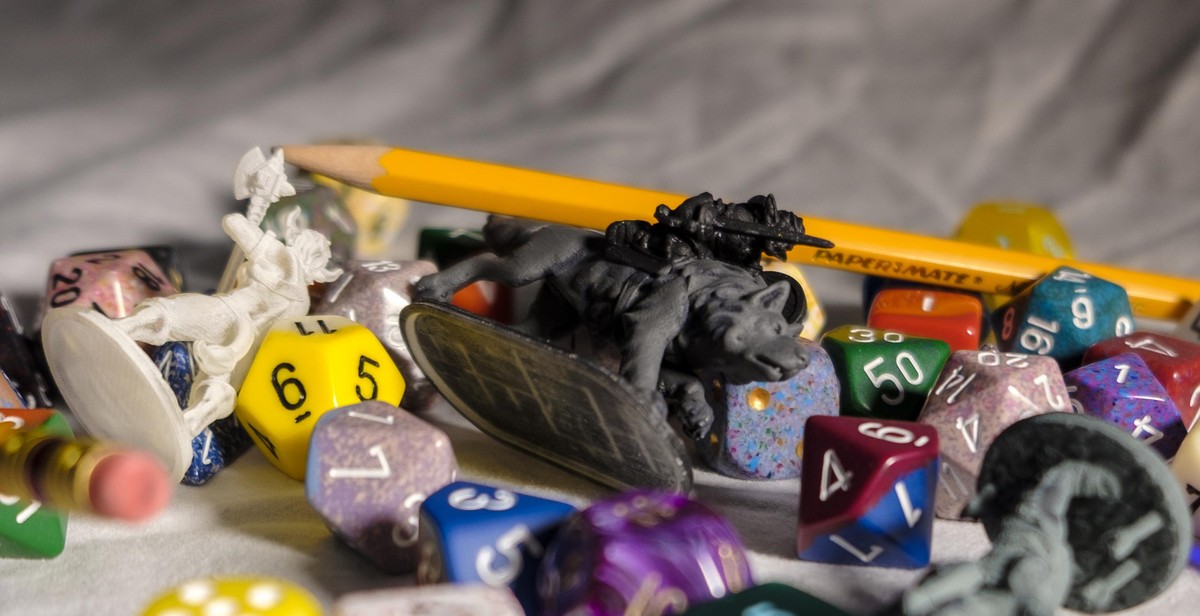How to Design a Colorful Children’s Playroom: Creating a Vibrant Space for Kids
A child’s playroom is not just a space for play but also a place where kids can learn and develop their creativity. Designing a colorful playroom is essential to create a vibrant space for kids to enjoy and explore their imagination. Colorful playrooms offer a range of benefits for kids, including:
- Stimulating their senses and enhancing their mood
- Encouraging creativity and imagination
- Fostering a sense of adventure and exploration
- Creating a fun and inviting space for playtime
When designing a colorful playroom, it’s important to consider the age and interests of the child, as well as the available space and budget. The playroom should be designed to cater to the child’s needs and provide a safe and comfortable environment for playtime.
In this article, we will discuss various tips and ideas for designing a colorful playroom that will create a vibrant space for kids to enjoy and explore their imagination. From choosing the right colors and themes to incorporating fun and interactive elements, we will provide you with all the information you need to create an exciting playroom that your child will love.

Choosing the Right Color Scheme
Designing a colorful children’s playroom requires selecting the right color scheme to create a vibrant space for kids. Understanding the psychology of colors, selecting a color palette, and combining colors for maximum impact are essential for creating a visually appealing and stimulating environment for children.
Understanding the Psychology of Colors
Colors have a significant impact on our emotions and behavior. For children, bright and bold colors can stimulate their senses and promote creativity and imagination. Blue and green hues are relaxing and calming, while red and yellow are energizing and stimulating. It’s important to consider the age and personality of the child when selecting colors for their playroom.
Selecting a Color Palette
When selecting a color palette for a children’s playroom, it’s important to consider the overall theme and style of the room. A monochromatic color scheme, using different shades of the same color, can create a cohesive and calming atmosphere. Complementary colors, such as blue and orange or purple and yellow, can create a bold and exciting space. Analogous colors, such as blue and green or pink and purple, can create a harmonious and relaxing environment.
Combining Colors for Maximum Impact
Combining colors for maximum impact involves using different color schemes and patterns to create a visually stimulating and appealing space. Bold and bright colors can be balanced with neutral colors, such as white or gray, to create a harmonious balance. Patterns, such as stripes or polka dots, can add depth and texture to the room. It’s important to use colors and patterns in moderation to avoid overwhelming the space.
| Monochromatic | Complementary | Analogous |
|---|---|---|
 |
 |
 |
Choosing the right color scheme for a children’s playroom is essential for creating a vibrant and stimulating environment. By understanding the psychology of colors, selecting a color palette, and combining colors for maximum impact, you can design a colorful and engaging space that promotes creativity and imagination.

Furniture and Storage
When designing a colorful playroom for kids, it’s important to choose furniture that is not only visually appealing but also kid-friendly. Look for pieces that are durable, easy to clean, and safe for children to use.
Choosing Kid-Friendly Furniture
Opt for furniture with rounded edges to prevent any injuries. Avoid glass and metal furniture that can easily break or cause harm. Instead, choose pieces made of wood or plastic that are sturdy and can withstand rough play. Consider getting a table and chairs set that is just the right size for kids to sit and play comfortably.
Creating Storage Solutions
A cluttered playroom can be overwhelming for both kids and parents. To keep the space organized, consider creating storage solutions that are both functional and decorative. Use shelves, bins, and baskets to store toys, books, and other items. Label the storage containers to make it easy for kids to find what they need and to encourage them to put things away when they’re done playing.
| Storage Solutions | Description |
|---|---|
| Shelves | Install shelves on the walls to store books, toys, and other items. |
| Bins and Baskets | Use colorful bins and baskets to store toys and other small items. |
| Toy Chest | Get a toy chest to store larger toys and items that don’t fit on shelves or in bins. |
Adding Seating Options
Make sure there are plenty of seating options in the playroom for kids to relax and read or play games. Bean bag chairs, floor pillows, and soft chairs are all great options. Consider adding a small sofa or loveseat for parents to sit and watch their kids play.
- Bean Bag Chairs
- Floor Pillows
- Soft Chairs
- Sofa or Loveseat

Flooring and Wall Decor for a Colorful Children’s Playroom
When designing a playroom for your children, it’s important to consider the flooring and wall decor to create a vibrant and playful space. The right flooring can provide a safe and comfortable surface for children to play on, while playful wall decor can add personality and excitement to the room.
Selecting the Right Flooring for a Playroom
When it comes to flooring for a children’s playroom, safety should be a top priority. Look for flooring options that are non-slip, easy to clean, and durable enough to withstand heavy use and spills. Carpet tiles are a popular choice for playrooms because they are soft and cushioned, making them a safe and comfortable surface for children to play on. Additionally, carpet tiles are easy to replace if they get stained or damaged. Other options include foam tiles and vinyl flooring, which are also easy to clean and provide a cushioned surface for children to play on.
Adding Playful Wall Decor
Wall decor is a great way to add personality and excitement to a children’s playroom. Consider using colorful decals and murals to create a playful atmosphere. Wall decals are easy to apply and can be removed without damaging the walls, making them a great option for renters. Murals can also add a fun and colorful touch to the room, with options ranging from whimsical landscapes to favorite cartoon characters.
Using Decals and Murals
Decals and murals are a great way to add a playful touch to the walls of a children’s playroom. Decals come in a wide range of designs and can be easily applied to the walls. They can be changed as often as you like to keep the room fresh and exciting. Murals are another option for creating a fun and colorful atmosphere. They can be custom-designed to fit the space and can range from simple designs to complex scenes.
| Pros | Cons |
|---|---|
| Easy to apply and remove | May not be as durable as other wall decor options |
| Wide range of designs available | May not be as customizable as other wall decor options |
| Can be changed as often as you like | May not be suitable for all design styles |
Overall, the right flooring and wall decor can help create a colorful and playful space for children to enjoy. Consider the safety and durability of the flooring, and have fun with playful wall decor options like decals and murals.

Lighting and Accessories
Lighting is an essential aspect of any room, and a children’s playroom is no exception. Proper lighting can make the space feel more inviting and comfortable. When choosing lighting for a playroom, it’s important to consider both functionality and aesthetics.
Choosing the right lighting
Overhead lighting is necessary to provide general illumination throughout the room. Consider installing a dimmer switch to control the level of light in the room. This will allow you to adjust the lighting according to the time of day and the activities taking place in the room. For example, dimmer lighting can create a cozy atmosphere for storytime or movie nights.
In addition to overhead lighting, consider adding task lighting to specific areas of the room. For example, a desk lamp can provide focused light for homework or art projects. A floor lamp can create a cozy reading nook.
Adding playful accessories
Accessories are a great way to add personality and fun to a children’s playroom. Consider incorporating playful light fixtures, such as a chandelier in a whimsical shape, or a pendant light with a colorful shade. Wall sconces can also add both light and visual interest to the room.
In addition to lighting fixtures, consider adding other playful accessories to the room. For example, a colorful rug can define a play area and provide a soft surface for children to sit and play. Wall decals or murals can add visual interest to the walls, while also providing a fun and interactive element for children to enjoy.
Creating a cozy reading nook
A cozy reading nook is a must-have in any children’s playroom. Consider creating a comfortable seating area with a plush chair or bean bag, and adding a bookshelf filled with books and magazines. A floor lamp or table lamp can provide focused lighting for reading.
Consider adding additional elements to the reading nook to make it even more inviting. For example, a canopy or tent can create a cozy and private space for children to read and relax. Soft pillows and blankets can add comfort and warmth.
| Tip: | When choosing lighting fixtures and accessories, involve your children in the decision-making process. Ask for their input and incorporate their favorite colors and themes into the design. |
|---|
Conclusion
Designing a colorful playroom for kids can be a fun and rewarding experience. By following the tips and ideas mentioned in this article, you can create a vibrant space that your children will love spending time in. Remember to consider their interests, age, and safety when selecting furniture, decor, and colors.
Final Thoughts
A well-designed playroom not only stimulates your child’s imagination but also promotes their physical and emotional development. It’s a place where they can explore, learn, and have fun. So, take the time to plan and design a space that meets their needs and preferences.
Key Takeaways
- Choose bright and bold colors to create a cheerful and lively atmosphere.
- Consider safety when selecting furniture and decor.
- Include storage solutions to keep the space organized and clutter-free.
- Make the playroom multifunctional by adding areas for different activities.
- Personalize the space with your child’s favorite toys, books, and artwork.
|
Remember: A colorful playroom is not only a fun and engaging space for your kids, but it can also be a valuable tool for their development and growth. So, have fun with the design process and create a space that your children will cherish for years to come. |
